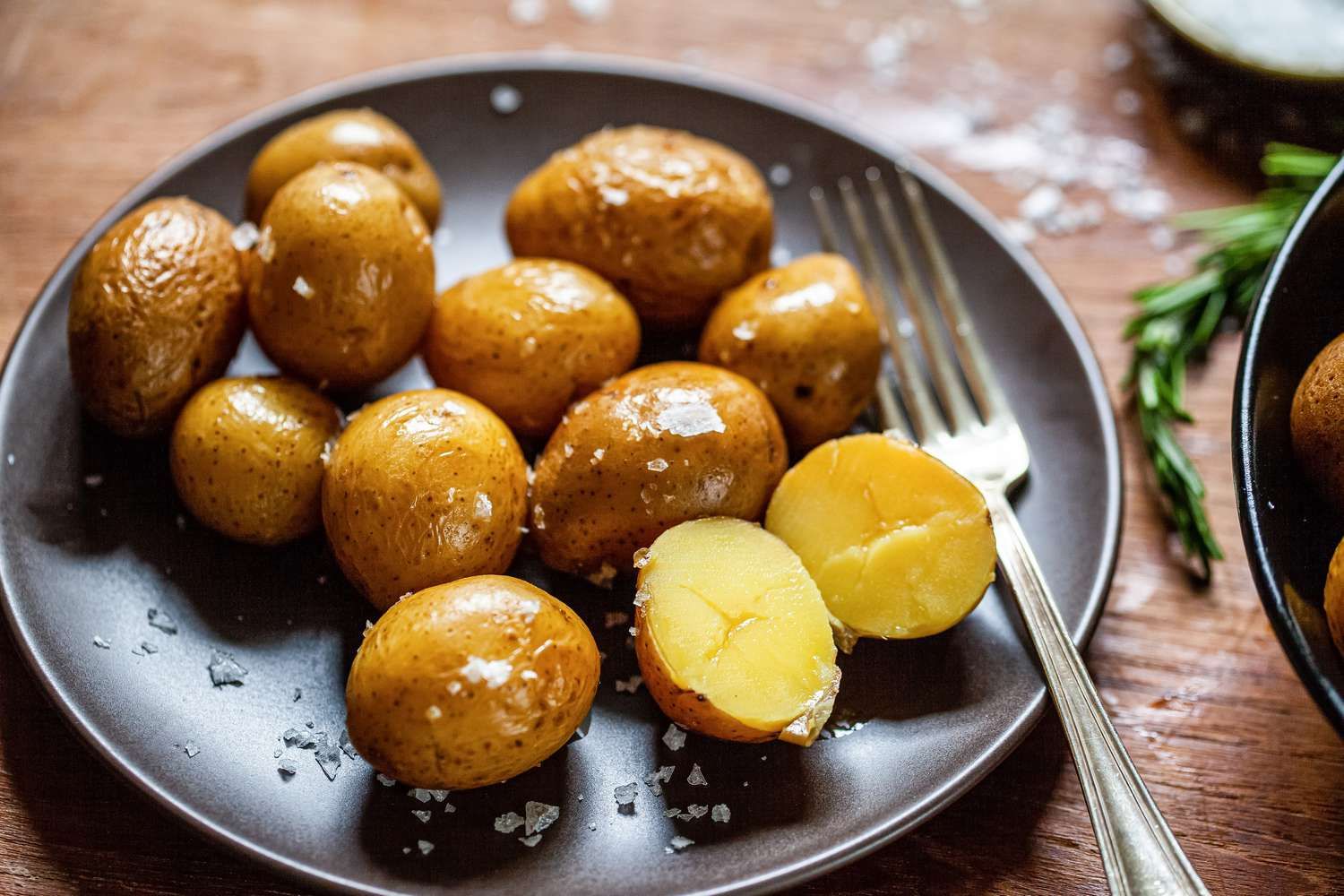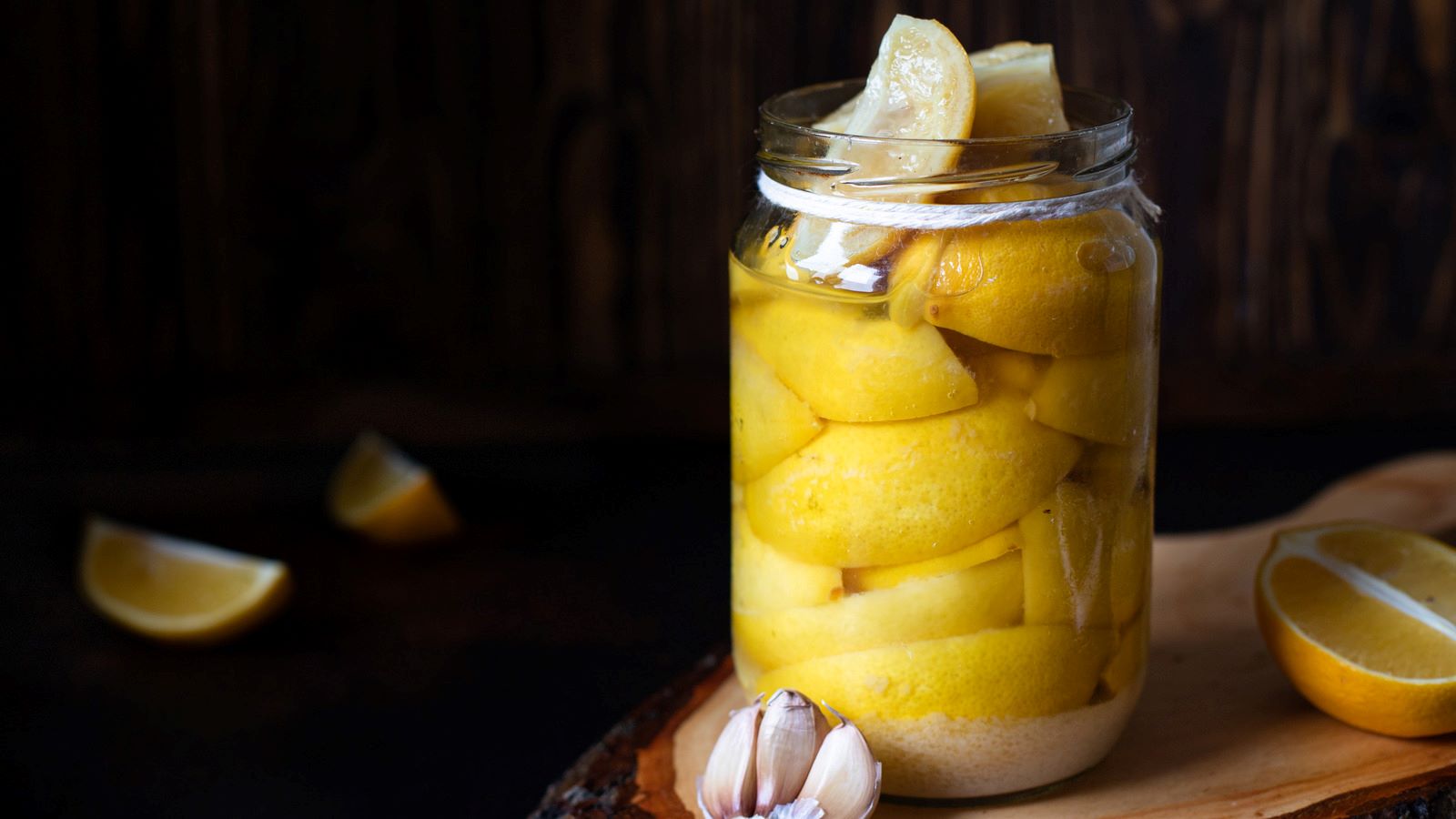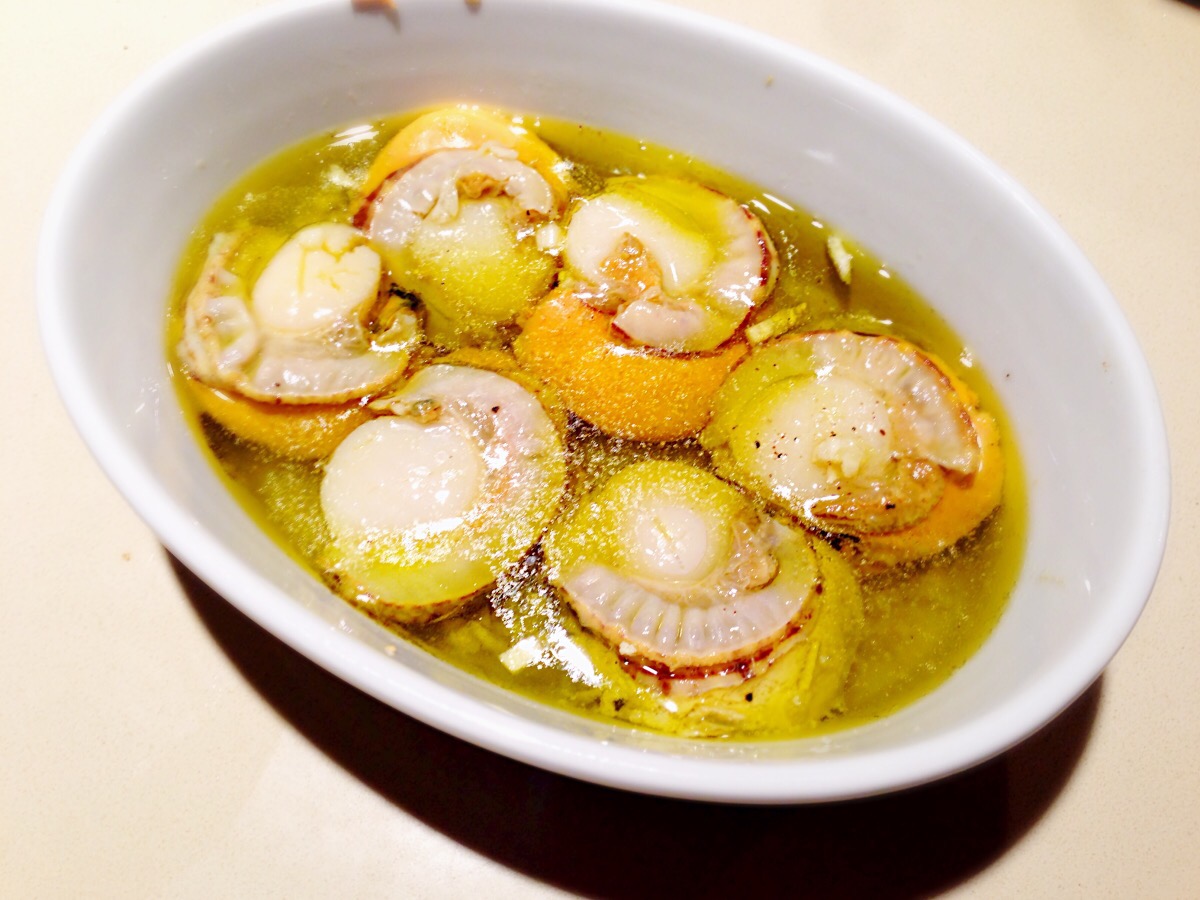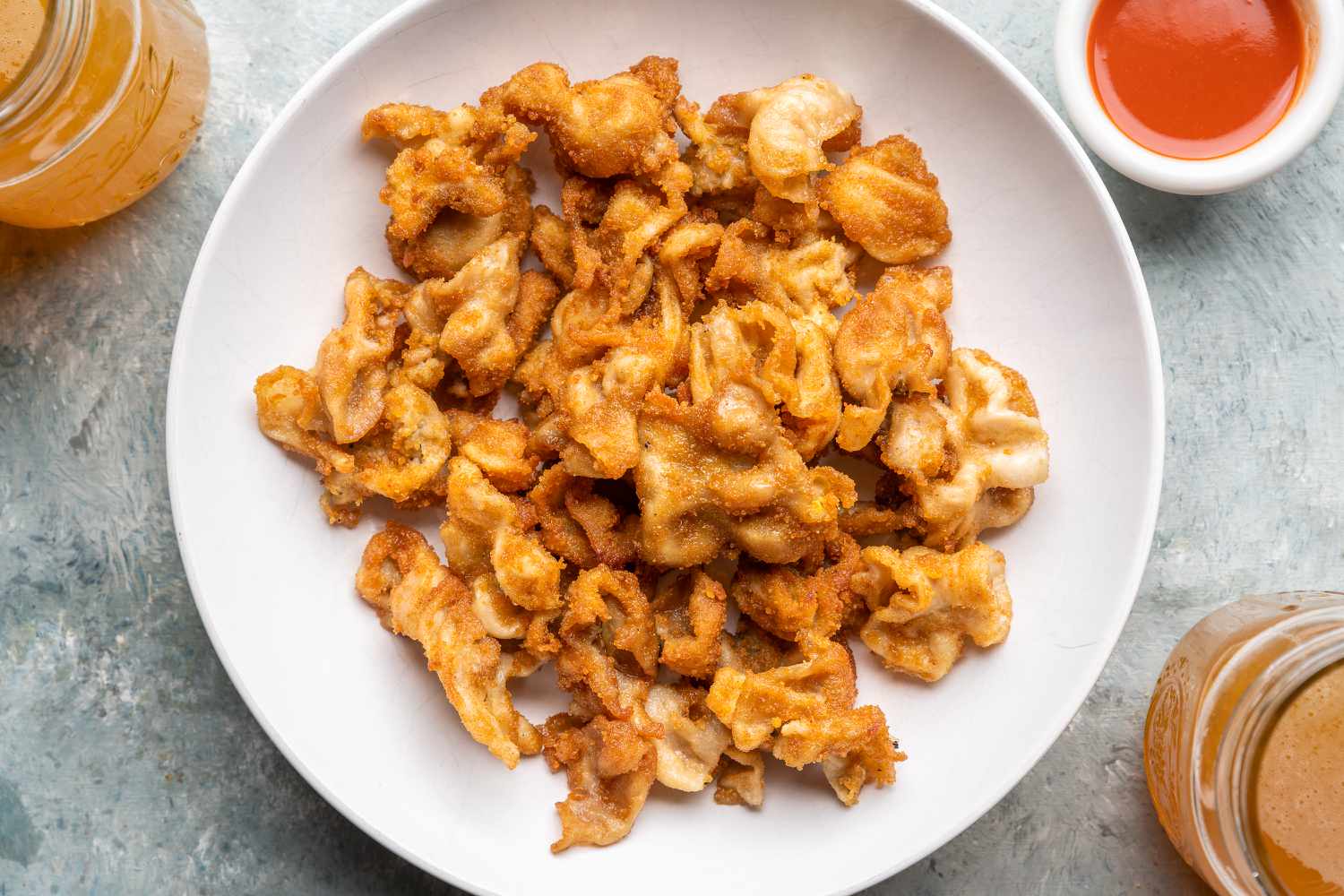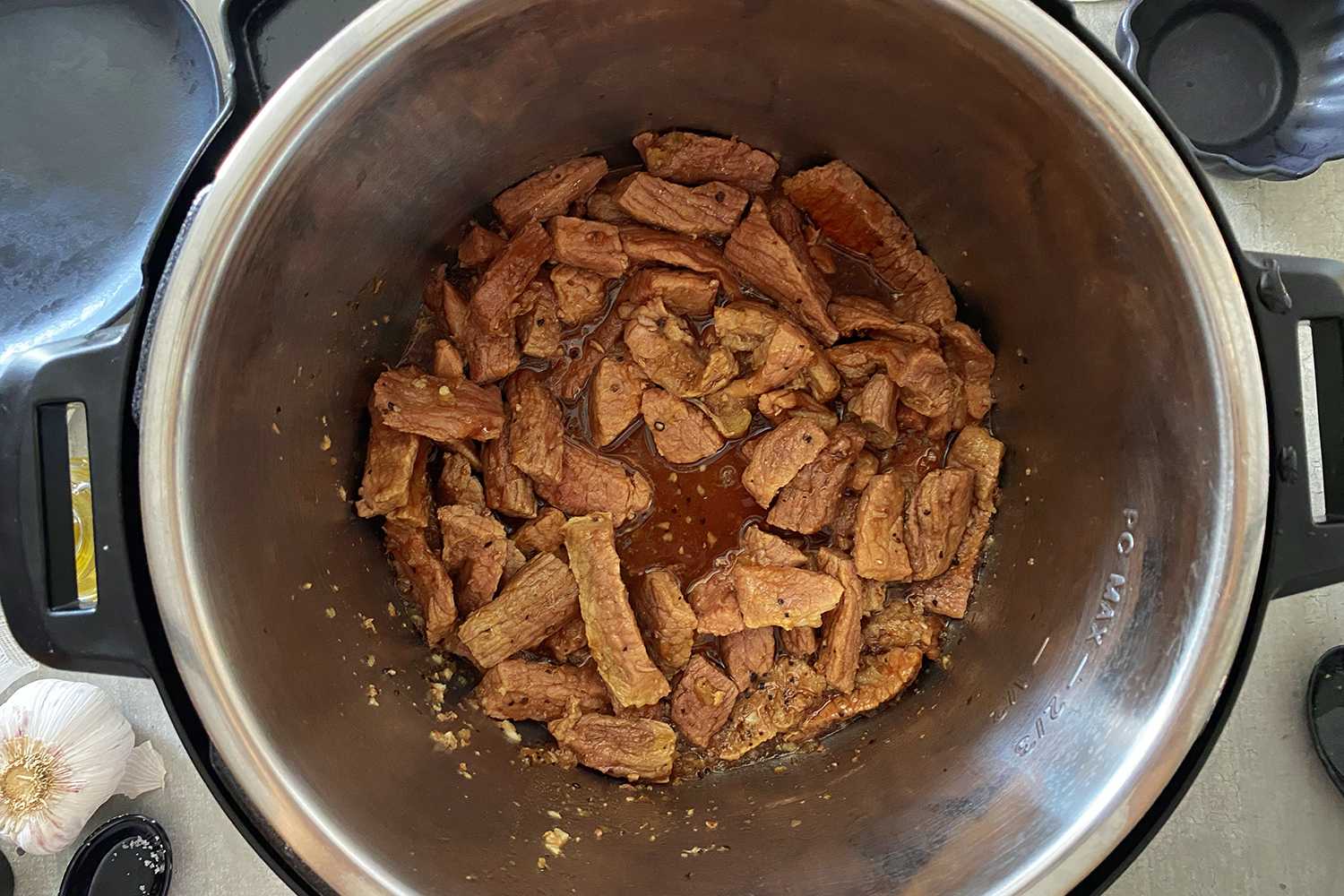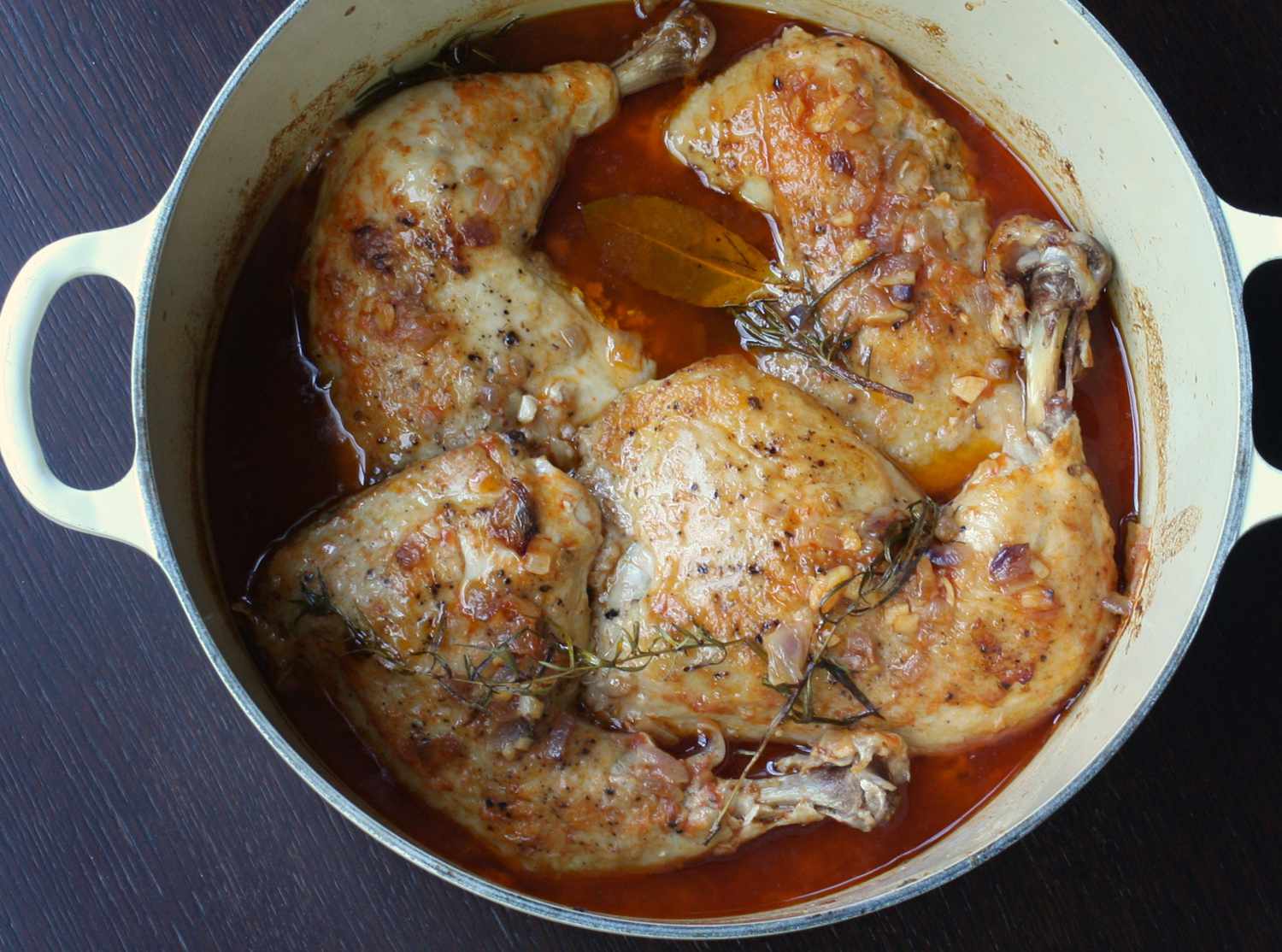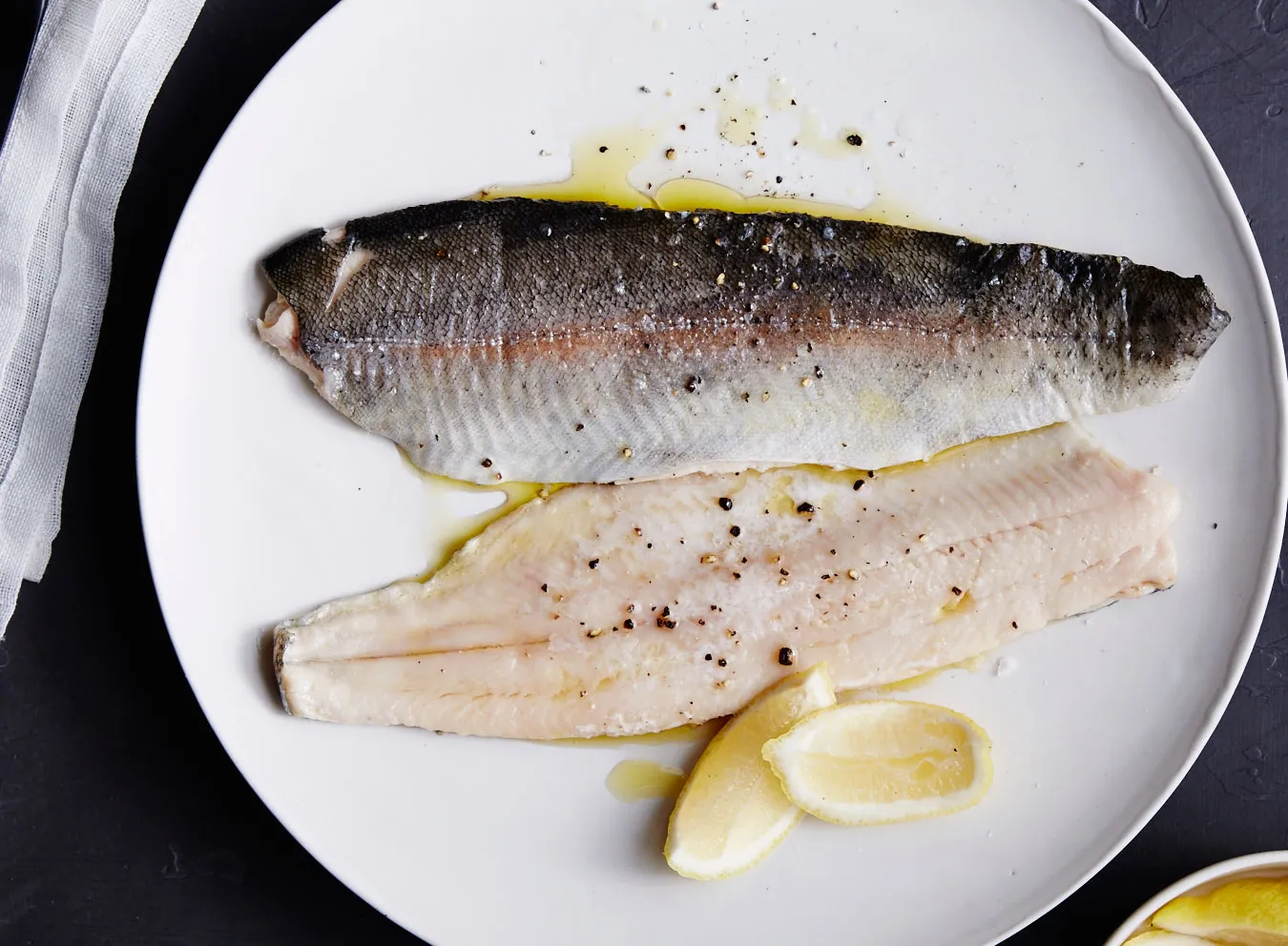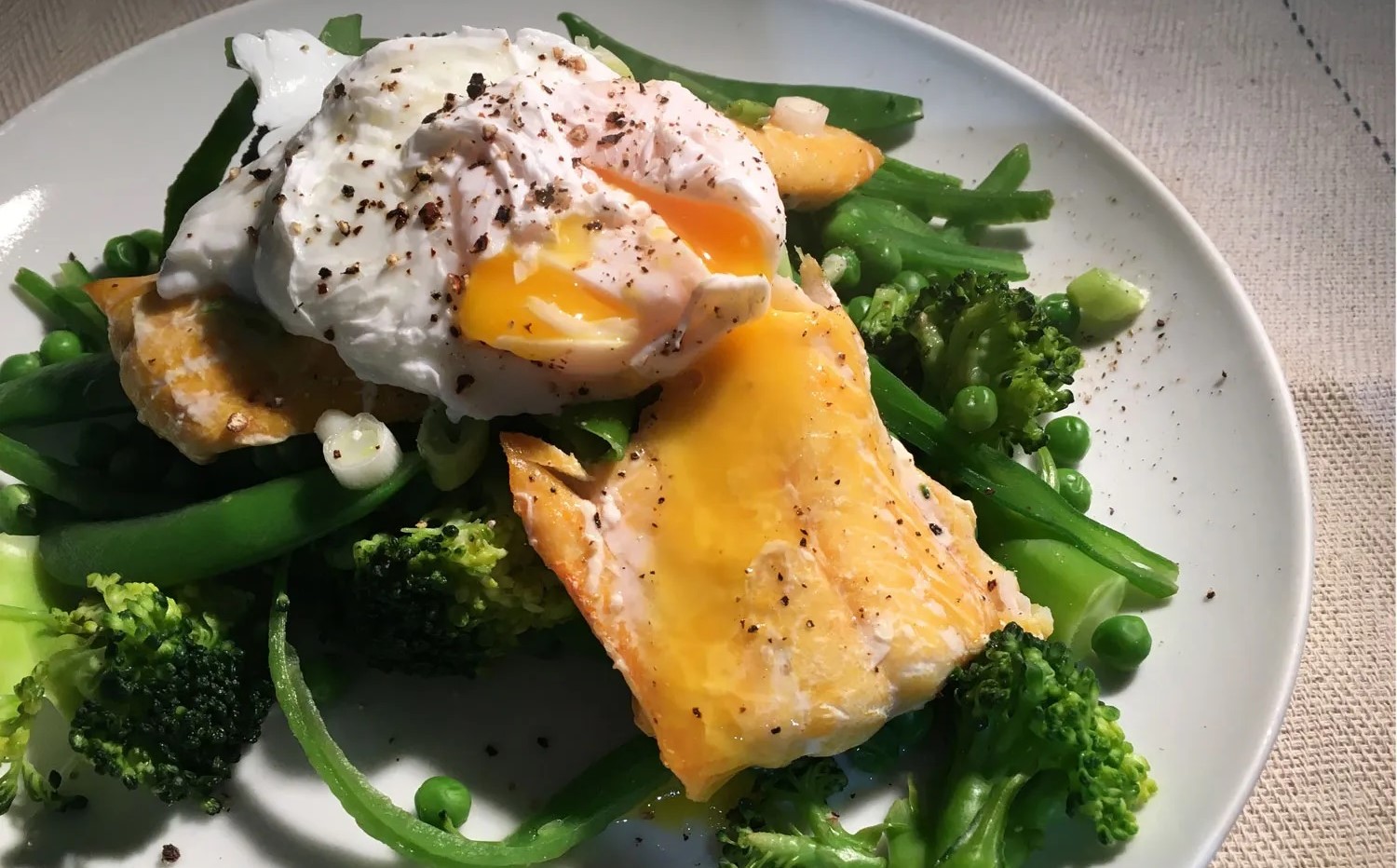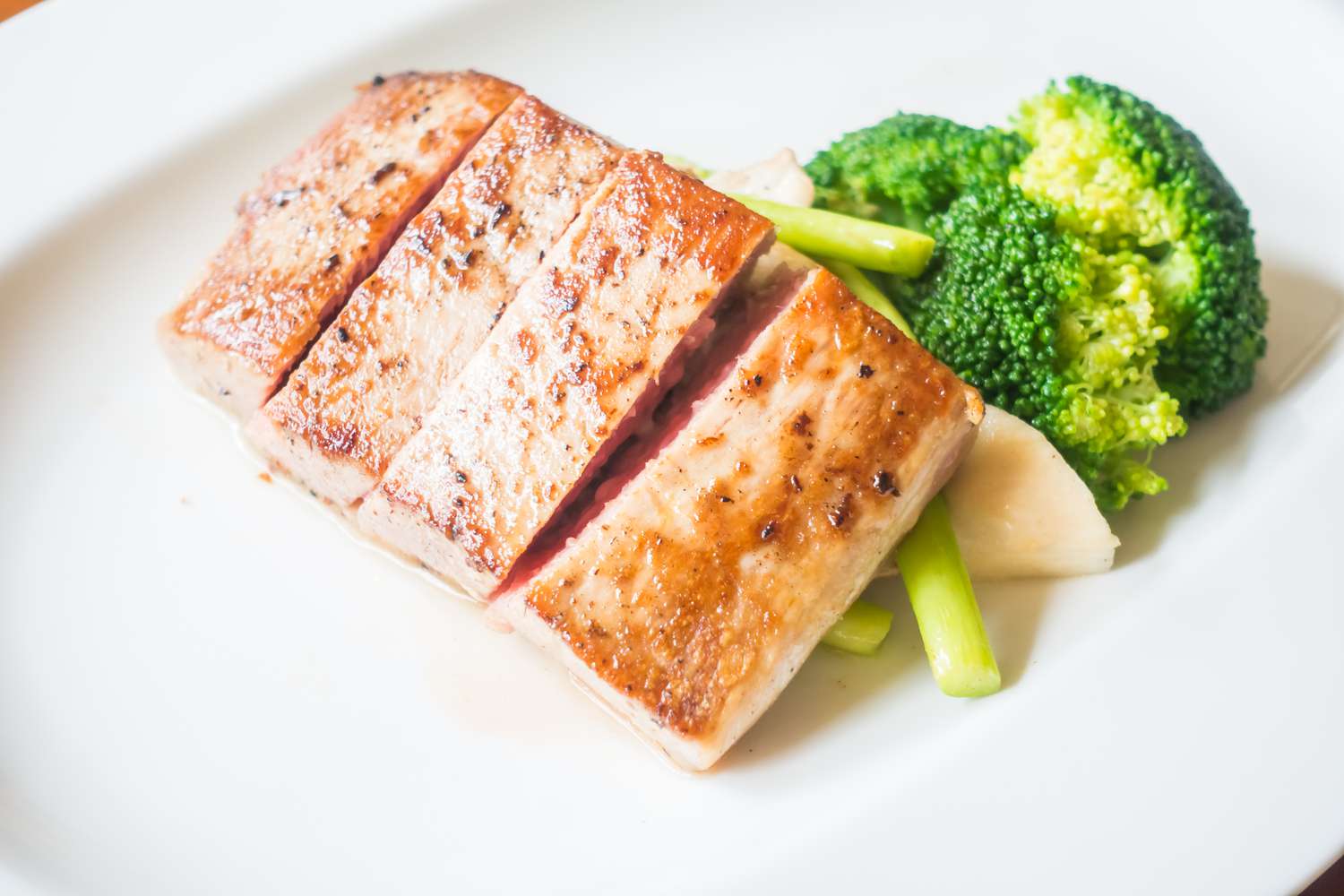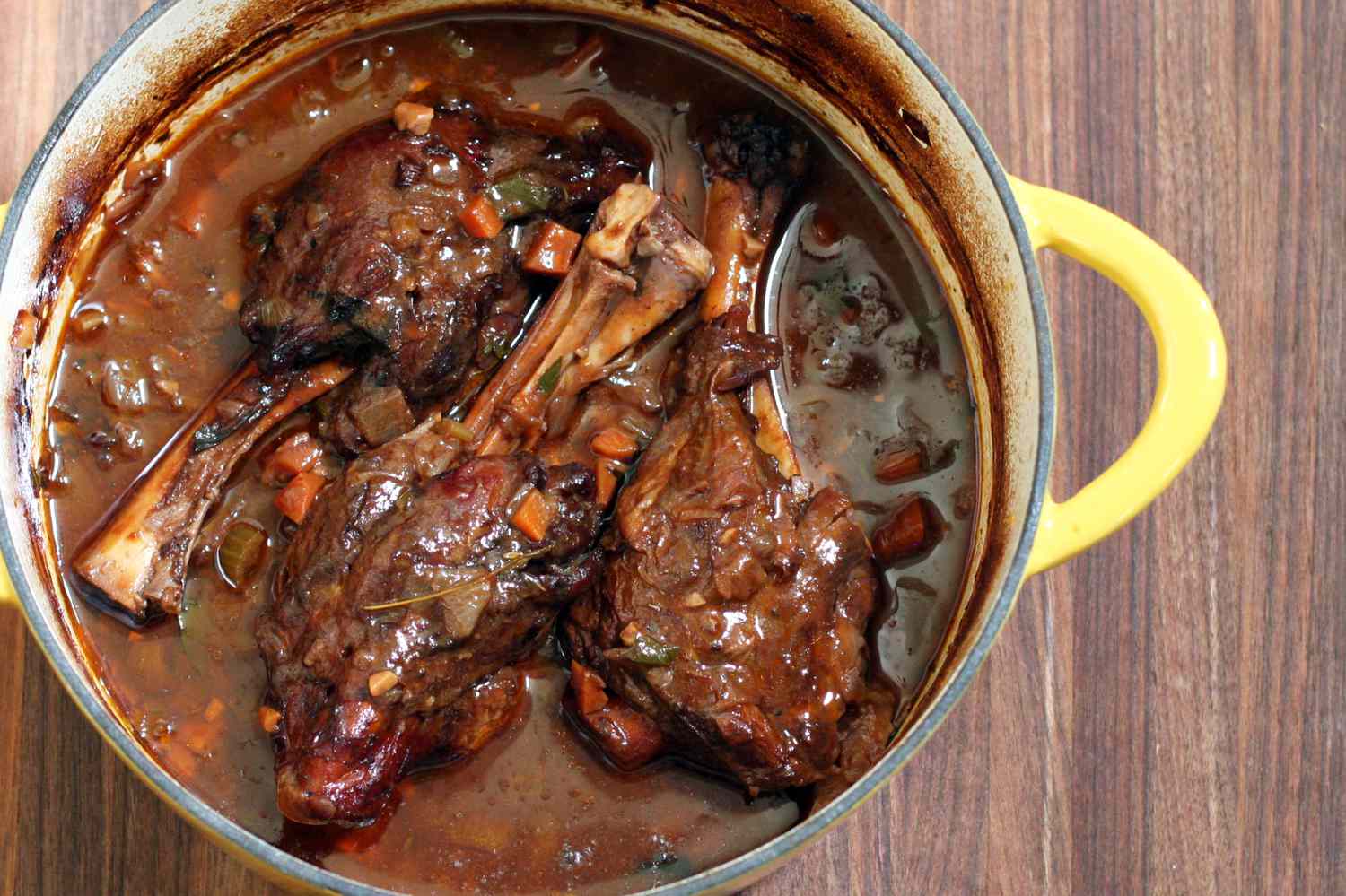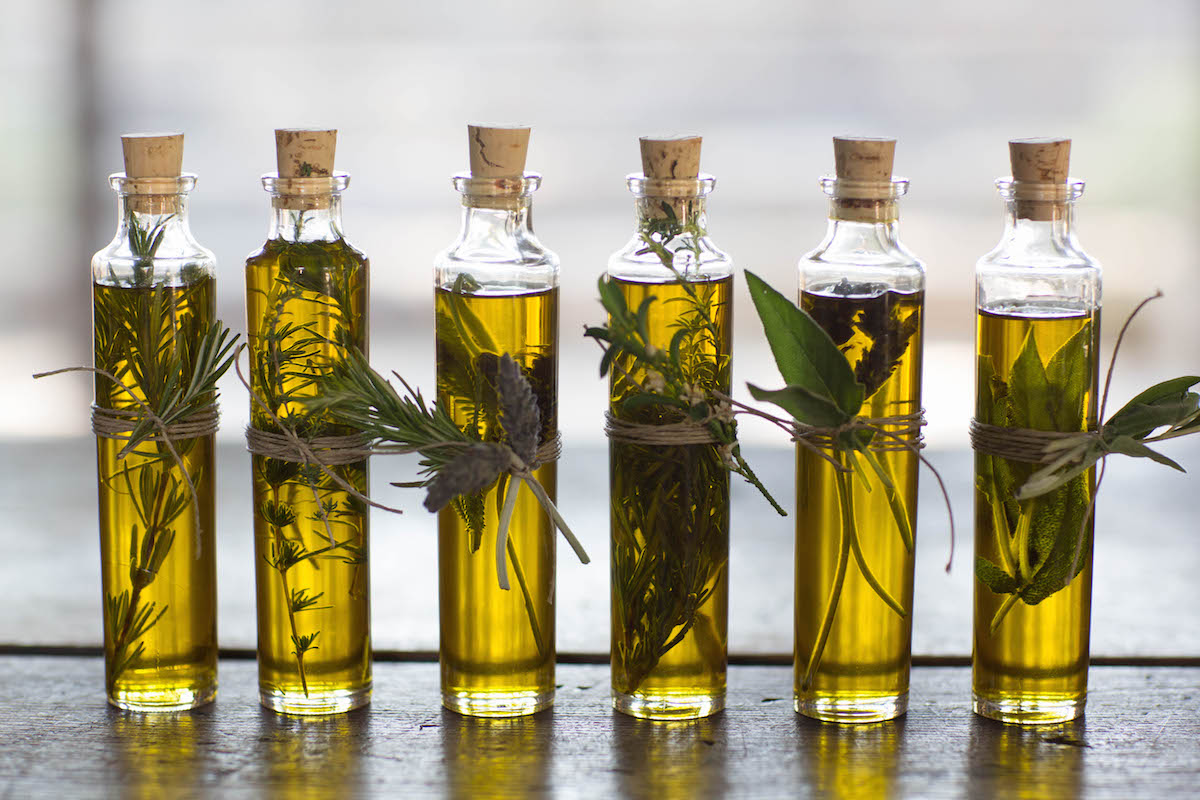Cooking with culinary aromatics transforms simple dishes into flavorful masterpieces. Aromatics like onions, garlic, herbs, and spices form the backbone of many recipes, adding depth and complexity. These ingredients release enticing scents and rich flavors when sautéed or simmered, making your kitchen smell amazing. Understanding how to use aromatics can elevate your cooking, turning ordinary meals into extraordinary experiences. Whether you're making a hearty stew, a delicate sauce, or a simple stir-fry, mastering the art of aromatics is key. Let's dive into how these essential ingredients can enhance your culinary creations.
Essential Ingredients for Culinary Aromatics
The Art of Cooking with Culinary Aromatics
- Onions: 2 medium, finely chopped
- Garlic: 4 cloves, minced
- Carrots: 2 large, diced
- Celery: 2 stalks, diced
- Bell Peppers: 1 red, 1 green, diced
- Leeks: 1 large, sliced
- Ginger: 1-inch piece, grated
- Bay Leaves: 2 whole
- Thyme: 1 teaspoon, dried or 1 tablespoon, fresh
- Rosemary: 1 teaspoon, dried or 1 tablespoon, fresh
- Parsley: 1/4 cup, chopped
- Olive Oil: 2 tablespoons
- Salt: to taste
- Black Pepper: to taste
Must-Have Tools for Cooking with Aromatics
Tools Needed for Cooking with Culinary Aromatics
-
Chef's Knife
- Essential for chopping, slicing, and dicing aromatics like onions, garlic, and herbs.
-
Cutting Board
- Provides a stable surface for preparing ingredients.
-
Garlic Press
- Quickly minces garlic, saving time and effort.
-
Microplane or Zester
- Ideal for grating citrus zest or finely grating garlic and ginger.
-
Mortar and Pestle
- Crushes and grinds herbs and spices to release their full flavor.
-
Herb Stripper
- Easily removes leaves from stems, especially useful for herbs like thyme and rosemary.
-
Measuring Spoons
- Ensures precise amounts of spices and herbs are added.
-
Spice Grinder
- Grinds whole spices to a fine powder, enhancing their aroma.
-
Sauté Pan
- Perfect for cooking aromatics over medium heat to release their flavors.
-
Wooden Spoon or Spatula
- Stirs ingredients without scratching cookware.
-
Small Bowls or Ramekins
- Keeps prepped aromatics organized and ready to use.
-
Kitchen Shears
- Snips herbs quickly and efficiently.
-
Peeler
- Peels ginger and other aromatics with tough skins.
-
Storage Containers
- Keeps leftover aromatics fresh for future use.
Culinary aromatics like onions, garlic, and celery form the flavor base for many dishes. Sauté them in oil or butter to release their flavors, enhancing the taste of your meals.
Why Use Culinary Aromatics?
Cooking with culinary aromatics transforms simple dishes into fragrant masterpieces, elevating flavors and enticing senses. This practice roots in tradition, where chefs and home cooks alike use onions, garlic, and herbs to build a flavor foundation, creating a rich, multi-layered experience in every bite.
Understanding aromatics is key to unlocking the secrets of cuisine from around the globe. Each culture has its unique blend, like the mirepoix in French cooking or sofrito in Spanish dishes, showcasing the universal language of food through scent and taste.
Step-by-Step Guide to Mastering Culinary Aromatics
The Art of Cooking with Culinary Aromatics
-
Choose Your Aromatics
- Onions: Yellow, white, red, or shallots.
- Garlic: Fresh cloves, minced, or garlic paste.
- Celery: Stalks, leaves, or seeds.
- Carrots: Diced, sliced, or grated.
- Herbs: Fresh or dried like thyme, rosemary, basil, or parsley.
- Spices: Whole or ground like cumin, coriander, or bay leaves.
-
Prepare Your Ingredients
- Peel and Chop Onions: Dice or slice depending on the dish.
- Mince Garlic: Use a garlic press or finely chop with a knife.
- Dice Celery and Carrots: Uniform pieces ensure even cooking.
- Measure Herbs and Spices: Pre-measure for efficiency.
-
Heat Your Pan
- Choose the Right Pan: Heavy-bottomed pans distribute heat evenly.
- Add Oil or Butter: Use olive oil, vegetable oil, or butter.
- Medium Heat: Prevents burning and allows flavors to develop.
-
Start with Onions
- Add Onions to Pan: Stir occasionally.
- Cook Until Translucent: Usually takes 5-7 minutes.
- Avoid Browning: Lower heat if onions start to brown.
-
Add Garlic
- Add Minced Garlic: Stir constantly.
- Cook for 1-2 Minutes: Garlic burns quickly, so watch closely.
-
Incorporate Celery and Carrots
- Add Celery and Carrots: Stir to combine.
- Cook Until Softened: Usually takes 5-10 minutes.
- Stir Occasionally: Prevents sticking and ensures even cooking.
-
Add Herbs and Spices
- Sprinkle Herbs and Spices: Stir to coat vegetables.
- Cook for 1-2 Minutes: Releases essential oils and enhances flavor.
-
Deglaze the Pan
- Add Liquid: Use broth, wine, or water.
- Scrape the Bottom: Release browned bits for extra flavor.
- Simmer for a Few Minutes: Reduces liquid and concentrates flavors.
-
Adjust Seasoning
- Taste the Mixture: Check for balance.
- Add Salt and Pepper: Enhance flavors as needed.
- Optional Additions: Lemon juice, vinegar, or soy sauce for extra depth.
-
Incorporate into Your Dish
- Add to Main Ingredients: Combine with proteins, grains, or legumes.
- Simmer Together: Allow flavors to meld.
- Serve Hot: Enjoy the aromatic depth in your meal.
Bringing It All Together
Cooking with culinary aromatics transforms simple dishes into flavorful masterpieces. By using onions, garlic, ginger, and herbs, you can elevate any meal. These ingredients not only add depth but also enhance the overall taste. Remember to sauté them properly to release their full potential. Experiment with different combinations to find what works best for your palate. Whether you’re making a hearty stew, a savory stir-fry, or a delicate soup, aromatics are your secret weapon. Keep them fresh, store them correctly, and don’t be afraid to use them generously. Your kitchen will smell amazing, and your dishes will impress everyone. So next time you cook, think about the power of aromatics. They’re the unsung heroes of the culinary world, making every bite a little more delicious. Happy cooking!
Common Questions About Culinary Aromatics
What are culinary aromatics?
Culinary aromatics are ingredients like onions, garlic, carrots, and celery that add flavor and aroma to dishes. They're often the first things you cook in a recipe to build a tasty base.
Why are aromatics important in cooking?
They create a flavorful foundation for your dish. When you sauté onions or garlic, they release natural sugars and oils that enhance the overall taste.
How do you properly cook aromatics?
Start by heating some oil or butter in a pan. Add your aromatics and cook them on medium heat until they're soft and fragrant. Avoid burning them, as this can make your dish taste bitter.
Can you use dried aromatics instead of fresh ones?
Yes, but fresh aromatics usually offer a more intense flavor. If you use dried ones, remember they're more concentrated, so you'll need less.
What are some common aromatic combinations?
A classic combo is onions, carrots, and celery, often called a mirepoix. Another popular mix is garlic, ginger, and scallions in Asian cuisine.
Are there any substitutes for common aromatics?
If you don't have onions, try using shallots or leeks. For garlic, you can use garlic powder or scapes. Each substitute will bring a slightly different flavor to your dish.
